
To the healers
CONTENTS
1900 TO 1909
1910 TO 1919
1920 TO 1929
1930 TO 1939
1940 TO 1949
1950 TO 1959
1960 TO 1969
1970 TO 1979
1980 TO 1989
1990 TO 1999
1900 TO 1909
The twentieth century was greeted with great celebration. The Empire Exhibition in London was renowned the world over while in Scotland, the Glasgow International Festival in Kelvingrove Park in 1901 attracted thousands of visitors. But the days of the Empire were numbered, as were those of Queen Victoria who died in 1901 after sixty-four years on the throne.
A time of great invention, it saw Marconi send the first radio signal across the Atlantic (1901), Henry Ford produce the first Model T Ford (1908) and the Bleriot make the first cross-Channel flight (1909).
Albert Einstein presented his Theory of Relativity (1905), Sigmund Freuds The Interpretation of Dreams was published (1900) and, for the first time, the major blood groups were identified (1907).
As usual, war raged as Britain was embroiled in the Second Boer War, revolution broke out in Russia (1905) and the stirrings of rebellion turned China into a bloody zone.
Poverty was rife among the mass of ordinary Scottish people with a low life expectancy and a high proportion of infant deaths. Those lucky enough to work in the heavy industries of the cities or down the coal mines put in seventy-hour weeks for barely enough money to survive. Medical services were private and beyond the pocket of most people.
For those who broke the law, treatment was harsh. Punishment treadmills were finally banned from our jails in 1902 though birching, hard labour and bread and water diets remained. It took till 1908 to end the capital punishment of children but the decade would end with hundreds of children being thrown into adult jails each year. Penal colonies were still used for offences as minor as stealing bread. The cops received their first ever motor vehicle (1909) but it was used for taking prisoners to jail, not preventing crime.
The creak of the rusty door hinges cracked the silence causing the young man to jump with a start. He looked up at the others in shock and fear. Yet he knew fine well what was happening, had known for three long weeks. The hangman had come for him.
We meet Patrick Leggett in 1902 near the end of his tale, the end of his life. It hadnt been a good life even by the standard of those violent, poverty-ridden times.
Raised in the teeming slum tenements of downtown Partick in Glasgow, Leggetts lot was fairly ordinary. Originally a town in its own right, Partick had grown with the expansion of shipbuilding and the heavy industries that made the city one of the most powerful in the world. This was all on the back of the workers who toiled at dangerous jobs and were rewarded with only slightly more than survival wages. The masses of people were merely a tool in the creation of wealth and no one much cared how they suffered or died. That was how it was then.
Like many before him Partick Leggett fell into bad ways when he was still in short trousers and wearing the heavy hobnailed boots handed out by welfare agencies to families struggling to get by. There was no shame in that. Most of his neighbours were rigged out the same.
Very young children were required to earn money any way they could. Sweat shops, stinking tanneries, lugging barrels in breweries, they worked everywhere and, if they werent up to the work, they were sacked on the spot with someone else taking their job from the long line of waiting kids.
Leggett did his fair share of grafting but also sought easier ways. Minor pilfering, a bit of pickpocketing, stealing from some prone dock worker whod collapsed after too many beers on pay night or following a lucky bet with some illegal street-corner bookie. He frequently got caught, of course, and was handed out swift street justice by local beat bobbies a sharp slap on the face or a kick up the butt. It was the way of the times.
Many other children strayed off the straight and narrow but they soon mended their ways as they grew up. Not Leggett by the age of eleven, he had already been birched for his crimes. The birch a thick bundle of strong, thin branches bound tightly together was a nasty, vicious implement. It would be unleashed with the full power of a grown man on to the naked buttocks and back of a mere child. One lash was agonising. Usually several were dished out. Still it wasnt enough to deter Leggett.
When only a child, he was sent to one of Scotlands many reform schools. These brutal, violent institutions were places where staff often gave full vent to their sadistic and, all too often, child-abusing perversions with the state, if not sanctioning such behaviour, then certainly turning a blind eye to it.
By this time, another characteristic of Patrick Leggett had emerged he had a raging temper and a capacity for the most extreme violence. Violence was a way of life for many young people back then, with street gangs comprised of thousands of members whod be armed to the teeth. But Leggetts violence was more of a personal nature. Although perfectly capable as he had to be of holding his own when challenged by local heavies, Leggett turned particularly nasty when he believed he had suffered some personal slight often a slight that only he thought had happened.
It would be many decades before psychiatry would come into its own and search out reasons for unreasonable behaviour such as Leggetts. That he was emotionally damaged at the very least, there is no doubt yet, in that era, this was never considered.
Leggetts violence, even as a child, took him into very dangerous territory. At the end of the nineteenth century, they hanged children for a range of crimes and certainly for murder. That law would not be abolished till 1908.
Still, Leggetts troubled childhood grew into adulthood and he seemed to settle down. His big breakthrough came when he met and married Sarah Jane, an attractive young woman from a decent background. The two became inseparable the picture of young love even in those slums. Leggett was very attentive to his wife too attentive. If she slipped out to the shops, hed want to know exactly where shed been, whom shed seen and why shed been away for so long. To start with it felt like young love, infatuation even. Then slowly, gradually, it felt like possessiveness and then paranoia set in as he burst out into jealous rages just because he noticed the man in the corner shop smiling at her politely as he served her.
It was a short honeymoon that was ended by Leggett lashing out at his young wife. She left him and went to live with relatives, only to return on his promise that hed never hurt her again a promise that didnt last long.
By 1902, with Patrick Leggett thirty years old and Sarah Jane just twenty-seven, theyd lived with this violent yo-yo-ing relationship for some years. Every time she left for her own safety, she had returned, knowing fine well how often hed broken his promise before. Things got even worse when he took to drinking heavily on a regular basis, leaving her alone at home while he boozed, only to come home drunk and accuse her of seeing someone else while hed been out.
Despite this, she kept returning. Divorce was unheard of among poor people. A woman without her man was assumed to be a fallen woman, little better than a prostitute. Respectable working-class young women like Sarah Jane always returned to their men, no matter the violence they faced.
Next page
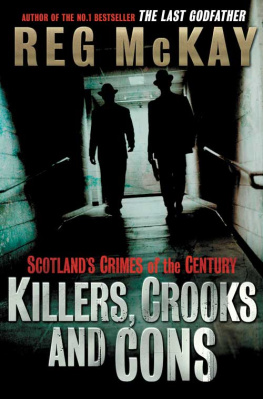


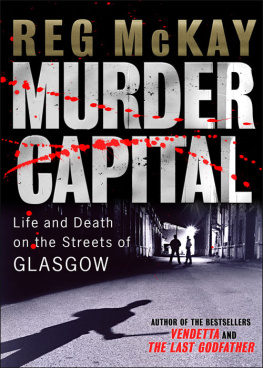



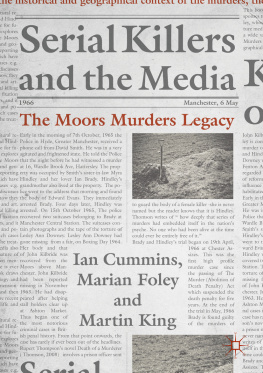

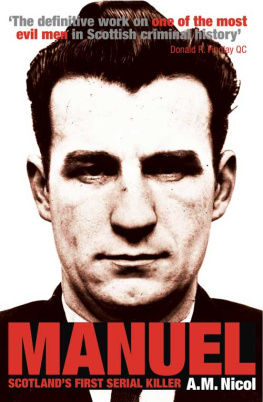
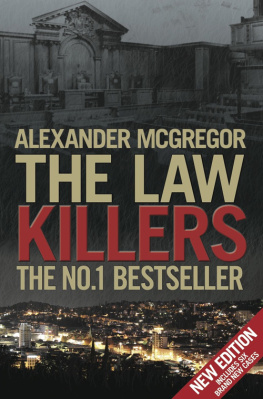
![Charlotte Greig - Evil Serial Killers. In the Minds of Monsters [Fully Illustrated]](/uploads/posts/book/70143/thumbs/charlotte-greig-evil-serial-killers-in-the-minds.jpg)




